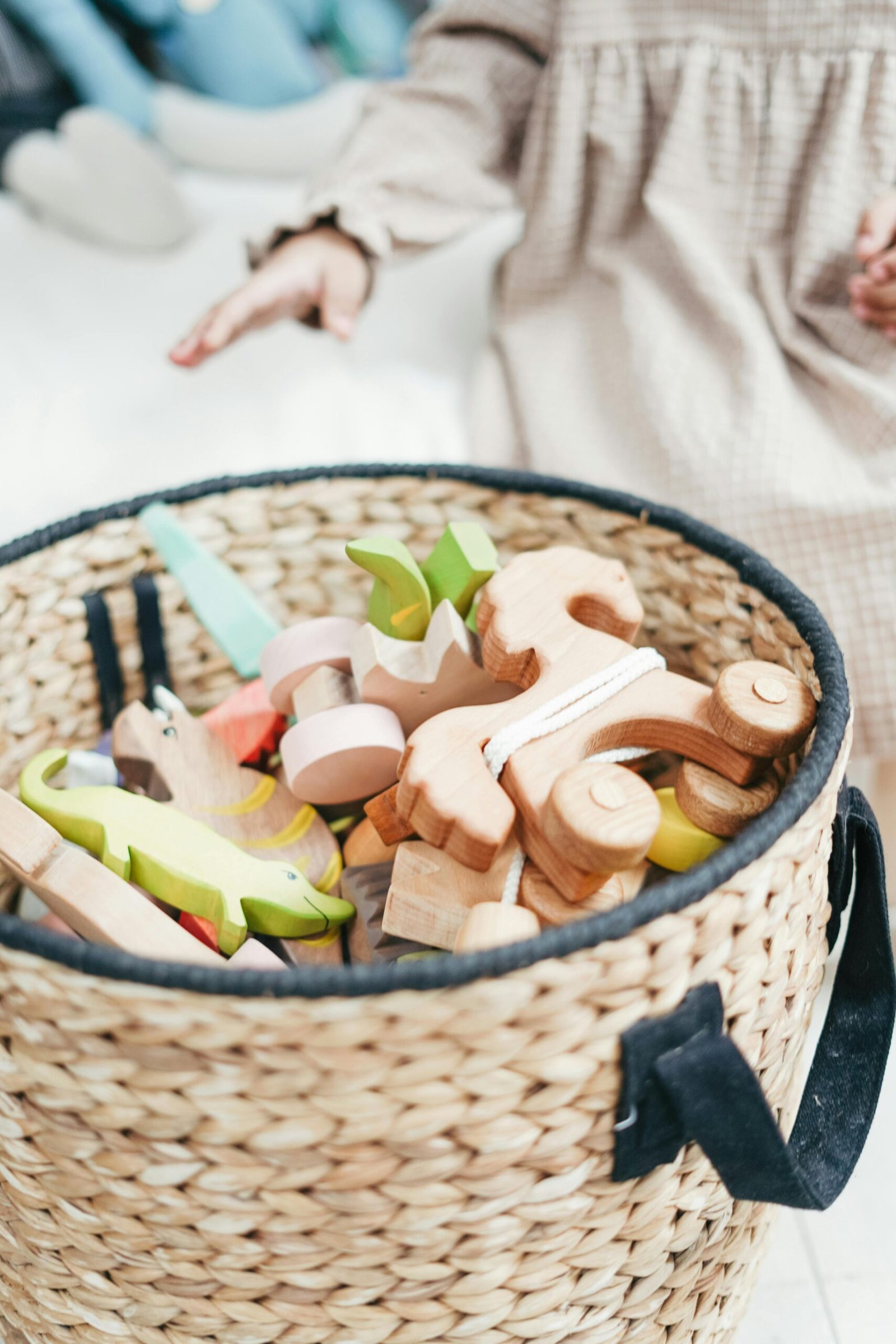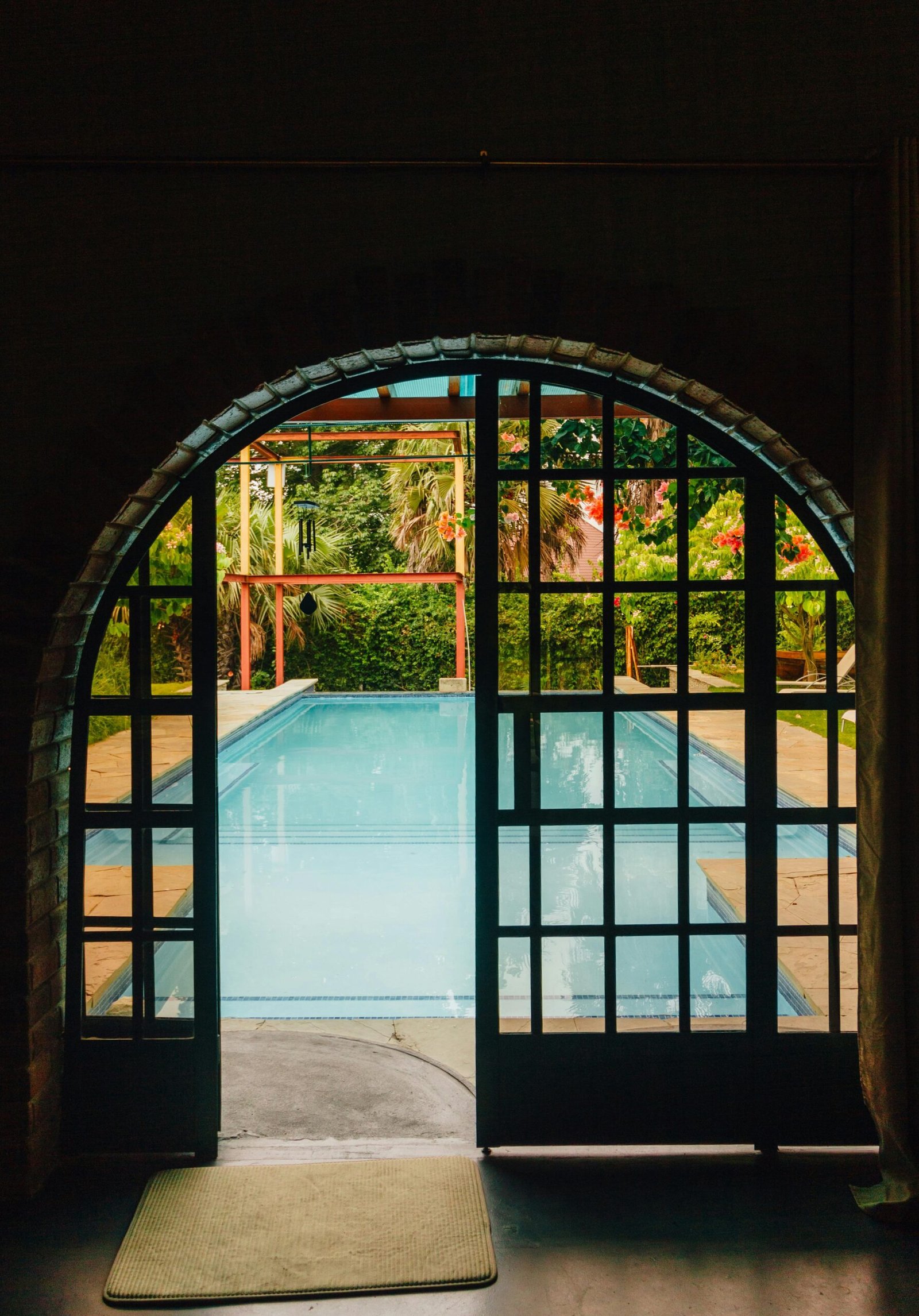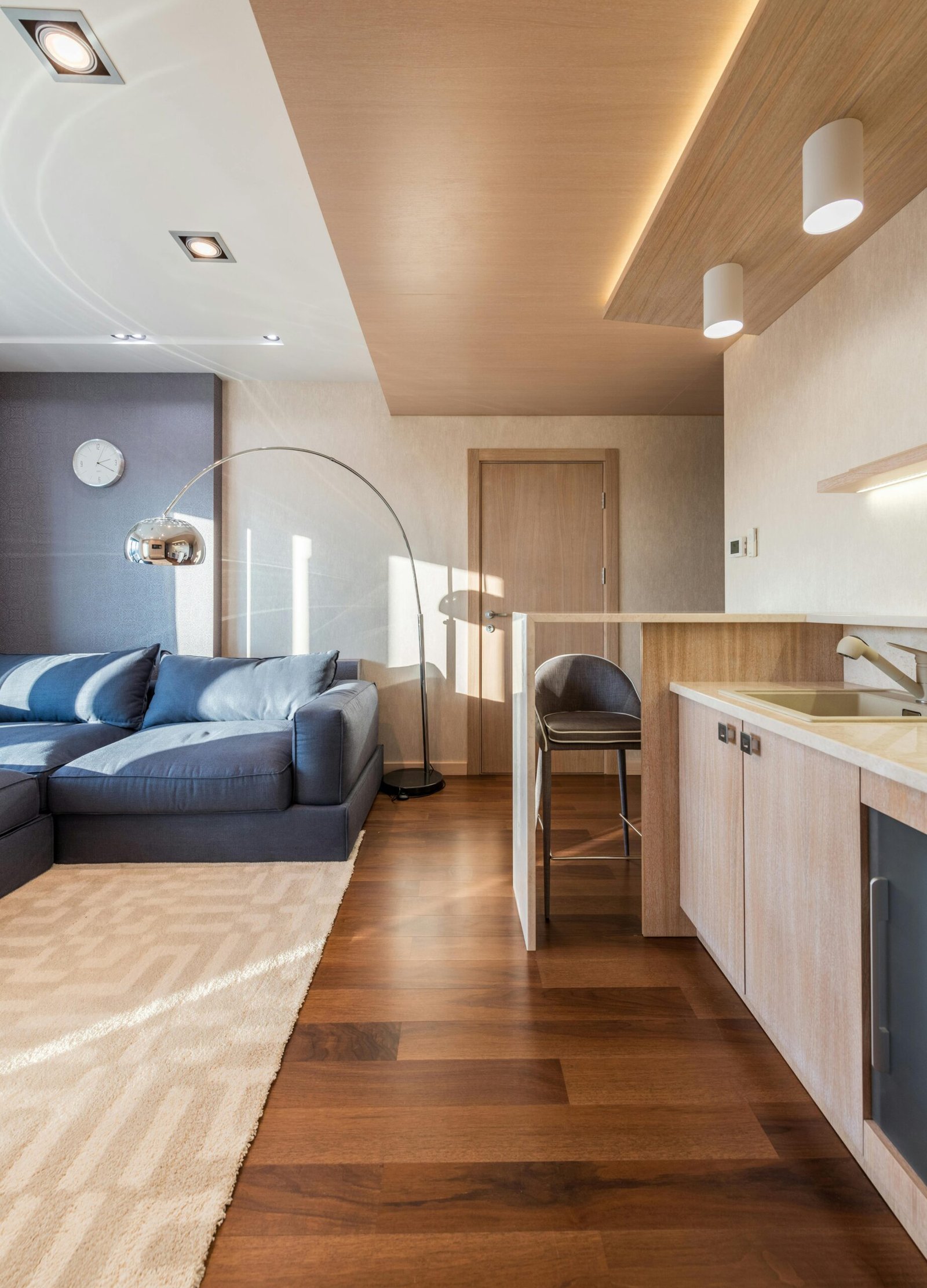Designing a home that is not only stylish and functional but also safe and child-friendly is a top priority for parents. Kids need spaces where they can play, explore, learn, and grow—while still being safe and comfortable. Whether you’re preparing for a newborn or trying to make your home more suitable for older children, creating a child-friendly home involves careful consideration of design, functionality, safety, and fun.
In this guide, we’ll walk you through essential tips on how to design a child-friendly home that will cater to both your kids’ needs and your own. From choosing durable materials to setting up dedicated spaces for play and learning, these ideas will help you create a space that’s both practical and aesthetically pleasing for all family members.
1. Why a Child-Friendly Home Matters
When you have children, your home needs to be more than just a place to sleep and eat. It has to be a safe environment where your little ones can explore freely and develop their creativity and skills.
- Safety: A child-friendly home ensures that potential hazards like sharp corners, toxic substances, or unsafe furniture are minimized, providing peace of mind.
- Functionality: Kids need room to grow, and the spaces you create should be flexible enough to accommodate their changing needs as they develop.
- Development: A well-designed home can foster creativity, learning, and independence, helping your children to thrive in their environment.
2. Child-Proofing Your Home: The Basics
Before diving into the aesthetics of a child-friendly home, you need to take some basic safety precautions. Childproofing ensures your home is safe from common hazards that could harm your child.
- Corner Guards: Install soft corner protectors on sharp furniture edges like coffee tables and counters to prevent accidents.
- Electrical Outlet Covers: Use outlet covers or safety plates to keep curious little hands from tampering with electrical outlets.
- Secure Furniture: Anchor heavy furniture like bookshelves and TVs to the wall to prevent them from tipping over.
- Cabinet Locks: Install safety locks on cabinets and drawers, especially in the kitchen and bathroom, to keep children away from dangerous chemicals or sharp objects.
- Baby Gates: If you have stairs or certain rooms you want to keep off-limits, install baby gates to limit access.
3. Create Multi-Functional Spaces
When designing a child-friendly home, versatility is key. As your child grows, their needs change, and your space should be flexible enough to adapt. Consider how rooms can evolve as your child gets older.
- Playrooms: While young children will need space to run and play, older kids may require a more organized area for studying or hobbies. Consider including shelving, storage bins, and a flexible layout that can adapt as your child’s interests evolve.
- Convertible Furniture: Choose furniture that can grow with your child, like convertible cribs that turn into toddler beds or a changing table that doubles as a dresser. You can also look for tables and chairs that adjust as your child grows.
- Multi-Use Rooms: Combine a play area with a reading nook or a study zone in one room. This helps maximize space while serving multiple purposes.
4. Design a Safe and Inviting Bedroom
Your child’s bedroom should be a peaceful, comfortable retreat—one where they can sleep, play, and relax. Here’s how to make it safe and child-friendly:
- Choose a Safe Bed: If your child is under 2, avoid toddler beds with sharp edges. Opt for a crib with slats spaced closely enough that your child can’t get their head or limbs stuck between them. For older children, consider a low-profile bed or a bed with guardrails to prevent falls.
- Non-Toxic Paint: When choosing wall colors, use non-toxic, low-VOC paint to reduce exposure to harmful chemicals. Soft, calming colors like pastels or earth tones can create a soothing environment.
- Soft Flooring: Install carpet or soft rugs in your child’s bedroom to cushion falls and provide a comfortable play surface. If you prefer hardwood or tile, consider adding soft area rugs for extra comfort and safety.
- Clutter-Free Spaces: Kids tend to accumulate toys, books, and clothes, so make sure you provide plenty of storage. Use built-in shelves, drawers under the bed, or toy bins to keep the space organized.
5. Colorful and Fun Décor
While safety and function are essential, a child-friendly home can also be a place of imagination and creativity. Let your child’s personality shine through with playful and fun décor elements.
- Bright, Cheerful Colors: Children’s rooms often benefit from brighter, bolder colors that stimulate creativity. Consider using colorful accent walls, fun rugs, or themed bedding.
- Wall Art and Murals: Use fun, removable wall decals or murals to add visual interest without making the room feel cluttered. You can change these as your child grows and their tastes evolve.
- Interactive Elements: Create spaces that encourage learning and interaction. For example, a chalkboard wall or magnetic whiteboard can be both fun and educational. You could also hang a world map or a growth chart that encourages learning.
6. Optimize Storage for Toys and Clothes
Toys, clothes, and books are a major part of every child’s life, and keeping these items organized is essential to maintaining a tidy home.
- Toy Storage Solutions: Use baskets, bins, and shelves that are easily accessible to your child. You can also invest in stackable storage cubes that can be labeled for easy organization.
- Built-In Shelving: Built-in shelving units are a great way to save space while providing storage for books, toys, and other items. These can be placed out of reach to keep small children safe but still accessible for older kids.
- Under-Bed Storage: Make use of under-bed storage for extra clothes, shoes, or toys that don’t need to be out on display. This keeps your child’s room clutter-free.
7. Safe and Functional Play Areas
Play is essential for a child’s development, and a designated play area is a great way to keep things organized while giving your child the freedom to express themselves.
- Soft Play Mats: For younger children, consider soft play mats to cushion falls. These mats also create a clear boundary for play, helping your child know where to focus their activities.
- Activity Zones: Set up specific zones in your home for different activities. For example, designate one corner for building toys (like Lego) and another for arts and crafts. These zones help kids stay engaged and organized.
- Outdoor Play: If you have a yard, make sure it’s safe for play. Consider child-friendly outdoor furniture, a sandbox, or even a small playhouse. Use non-toxic paint for any outdoor play equipment and make sure the yard is free from any dangerous plants or sharp objects.
8. Safety in the Kitchen and Dining Areas
Kitchens and dining areas can pose some of the greatest risks for young children, but with a few adjustments, they can be made much safer.
- Child-Safe Appliances: Install appliance locks on your oven, fridge, and dishwasher to keep curious hands away from dangerous equipment. Use stove knob covers to prevent children from turning on the burners.
- Non-Slip Mats: Place non-slip mats in the kitchen and dining areas to prevent spills and accidents. These are especially important in spaces where your child might walk with food or drinks.
- High Chairs and Booster Seats: Ensure that high chairs and booster seats are securely fastened and free from any sharp edges. Choose models with adjustable straps and easy-to-clean surfaces.
9. Create a Comfortable Living Room for the Whole Family
The living room is often the heart of the home, and it should be designed with both safety and comfort in mind for kids and adults alike.
- Soft Furniture: Choose sofas and chairs with soft, rounded edges to minimize the risk of bumps or falls. Opt for furniture with durable fabrics that are easy to clean, like microfiber or leather.
- Durable Rugs: Rugs in high-traffic areas should be stain-resistant and easy to clean. Consider low-pile rugs or those with natural fibers like wool, which are both durable and comfortable.
- Low-Height Furniture: Keep furniture at a low height so that young children can easily climb onto chairs or couches. Avoid heavy coffee tables or sharp-edged furniture in the living space.
10. Set Up a Dedicated Study or Homework Area
As children grow older, they’ll need a designated space for studying or doing homework. Setting up a well-organized, quiet study area can help them focus and be productive.
- Ergonomic Desk and Chair: Invest in a sturdy desk and ergonomic chair that supports good posture and comfort while your child works. This will help them concentrate better and reduce strain during long study sessions.
- Ample Storage for Supplies: Provide storage for school supplies like pens, paper, and books. Use drawer organizers or filing cabinets to keep everything tidy and easily accessible.
- Good Lighting: Ensure that the study area is well-lit with both ambient and task lighting. A good desk lamp with adjustable brightness will help your child avoid eye strain.
11. Conclusion: A Home That Grows with Your Family
Designing a child-friendly home is all about creating a safe, functional, and fun environment for your kids, while ensuring that your home remains stylish and welcoming for the whole family. By incorporating multi-functional furniture, organizing storage, and focusing on safety, you can design a space that supports both your child’s developmental needs and your lifestyle as a parent.
Remember, the goal is to create spaces that evolve as your child grows, from the playful toddler years to the teenage years, and beyond. A child-friendly home is one that fosters creativity, learning, and safety—ensuring a happy and healthy environment for your family for years to come.
FAQs
1. How can I make my home safer for toddlers?
For toddlers, focus on childproofing corners, securing furniture to the wall, using outlet covers, and keeping hazardous items out of reach. Soft rugs, non-slip mats, and baby gates are also important.
2. What are some creative ways to decorate a child’s room?
You can decorate a child’s room with playful wall decals, colorful bedding, and interactive elements like chalkboard walls or magnetic boards. Keep the décor fun but also easy to change as your child’s interests evolve.
3. How do I encourage my child to help keep their room tidy?
Make cleaning fun by turning it into a game. Use storage bins with labels and let your child decorate them. Organize toys and books into accessible sections, and set a routine for tidying up at the end of the day.
4. What are some good storage solutions for a child’s room?
Consider using under-bed storage, shelving units, and storage bins. Wall-mounted shelves are great for books, and toy chests or baskets can help keep toys organized. Built-in storage maximizes space and reduces clutter.
5. When should I transition my child from a crib to a toddler bed?
It’s generally time to transition when your child starts climbing out of the crib or when they reach the height limit for their crib. This typically happens between 18 months and 3 years old. Make the transition gradual to ensure they feel comfortable.




